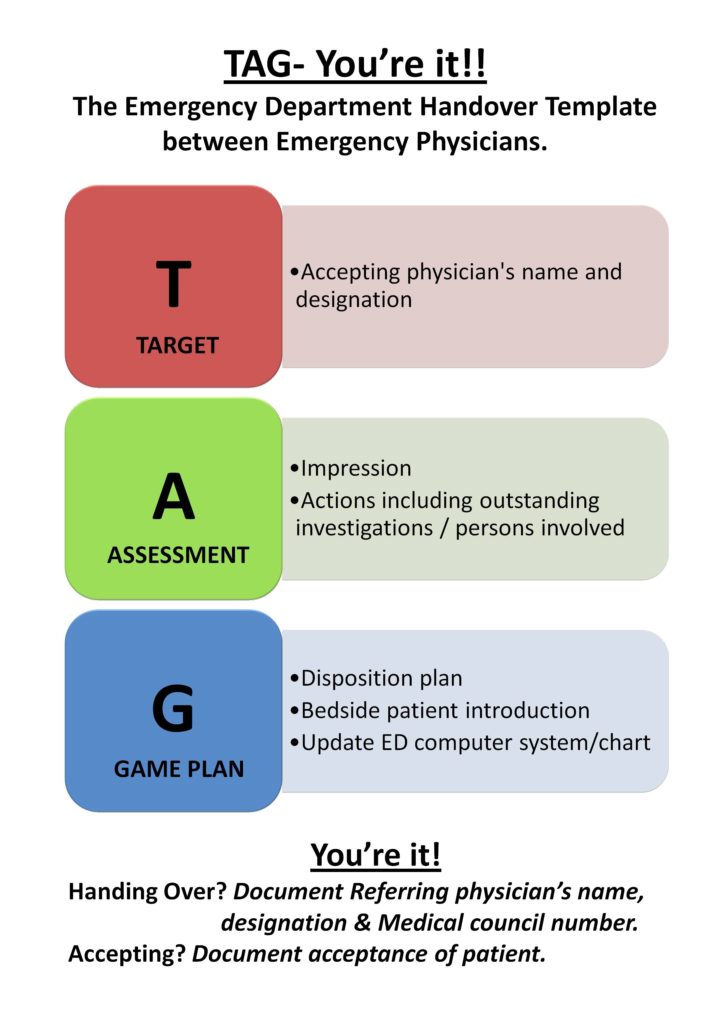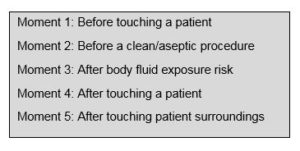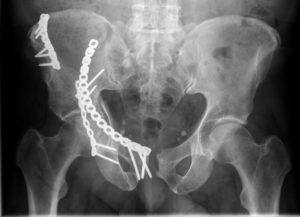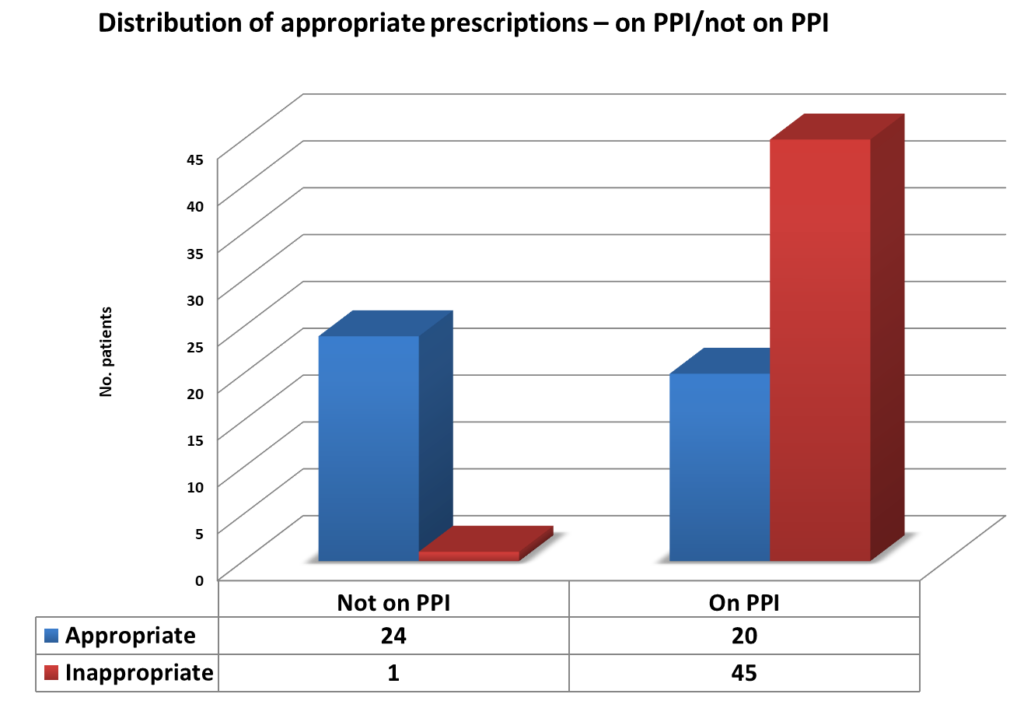This Month’s IMJ
April 2019, Vol 112, No. 4
Commentary
Hospital Residents Working Medical Shifts Longer than 16 Hours
JFA Murphy
Editorials
A Time for Action: Tackling Paediatric Behavioural and Emotional Disorders
Z. Yusuf, F. Sharif
Original Papers
Can Early Changes In Vital Signs Predict Duration Of Antibiotic Therapy In Suspected Neonatal Sepsis?
M.McGovern, P. Morrissey, E. Ryan
McGovern et al studied 96 infants admitted to the neonatal unit for antibiotic therapy. Sixteen infants required prolonged antibiotic therapy beyond 48 hours. Those infants in the prolonged antibiotic group were more likely to have persistent abnormal signs including respiratory rate.

Estimated Weight of Paediatric Patients Versus Measured Weight – A Prospective Comparison
C. Lineen, S. O’Donnell, K. Birrane, A. O’Riordan, J. Twomey, A.M. Murphy, C. O’Gorman
Lineen et al have examined the relationship between estimated and measured weight in children. Estimated weight underestimated the actual weight in between 2.34% and 16.39% of cases.

Audit of PPI Prescribing Practices: A Risk to Patient Safety?
L. O’Connell, R.M. O’Connell, O. Ahmed, K. Mealy
O’Connell et al conduct an audit to identify inappropriate PPI prescribing.
N. Borhan, R. Dharamshi, F. Borhan, S. Ahmed, R. Gilmore
Borhan et al stress the importance of good patient handover during shift change in the emergency department. The authors implemented a Target Assessment Game plan to improve communication. The standardized TAG handover protocol significantly improved handover practices.


N/B. 3/20 written ED handover charts were not accessible for review for post-TAG audit
A Dedicated Perineal Clinic – An Audit in Support
E. Corry, E. O’Connor, M. Eogan, M. Fitzpatrick, S. O’Sullivan, M. Imcha
Irish Policy-Makers’ Perceptions of Barriers and Facilitators to Hand Hygiene Compliance
C. Madden, S. Lydon, K. Lambe, P. O’Connor
Madden et al have analysed the barriers to hand hygiene practices. Ownership and leadership are major enablers. The study also highlights a lack of knowledge, skills, and awareness of hand hygiene issues. Protocols have a limited value and should be strengthened with ‘stories’ applied to the 5 moments of hand hygiene.
Figure 1. Five moments for hand hygiene

Figure 2. Themes and subthemes emergent from the thematic analysis

C. Fenelon, E.P. Murphy, B.J. O’Daly, M. Leonard
Fenelon et al have reviewed 456 referrals for pelvis and acetabular fracture. The treatment was conservative in two thirds of cases and operative in the other third. The authors support a single centre for the management of pelvic and acetabular fractures.
Figure 3. Post operative X-ray of the 64-year-old male following a fall from a ladder sustaining an acetabular and iliac wing fracture

Surgical Parathyroidectomy Services
E. Burke, A. Waris, G. O’Donoghue
Burke et al report a series of 31 cases of parathyroidectomy. All cases were discharged on post op day 1.

Occasional Pieces
Targeted Anti-D, the First Irish Perspective
C.A. McCormick, L. Mulvany, M.C. De Tavernier
Case Reports
An Under-Recognised Cause of Iatrogenic, Severe Metabolic Acidosis
A. Spring, R. Owens, M. Fratita, M. O’Dwyer
Spring et al report a case of high anion gap metabolic acidosis in a patient being treated for a prostetic hip infection. The precipitating cause was pyroglutamic acidosis. The risks of concurrent use of paracetamol and flucloxacillin in the development of the disorder has previously been reported. The flucloxacillin and paracetamol was discontinued and the patient was treated with IV N-acetylcysteine.
Table 1. Serial arterial blood-gas (ABG) analysis

Figure 1. The γ-glutamyl cycle

Bilateral Dupuytren’s Contracture of the Foot
C. Newman, S.E. McQuaid
Newman and McQuaid describe a case of plantar fibromatosis in a patient with type 2 diabetes and alcohol excess. There is a strong male preponderance.
Figures 1 and 2. A diagnosis of left sided Dupuytren’s contracture of the hand and bilateral plantar fibromatosis of the feet was made.

A Curious Case of Cough in a Young Woman
B. Di Giovanni, W. Newmarch, M. Weiler, B. Casserly, T. Scanlon
Di Giovanni et al describe a 44 year old woman who presented with a cough. The chest x-ray showed a suspicious lesion. The ultimate diagnosis was an inflammatory myofibroblastic tumour (IMT). It was benign and successfully removed at surgery.
Figure 1. CT thorax showing poorly marginated, non-calcified 2.7cm mass in the left upper lobe.

Figure 2. CT-guided core biopsy sample showcasing a spindle cell tumour with numerous plasma cells.

A. Daly, O. Franklin, L. Nölke
Daly et al describe a 3 day old infant with cyanosis. An ECHO showed a right atrial mass. At surgery an atrial haemangioma was excised. The infant made a good recovery.
Letters to the Editor
Down Syndrome with Transient Neonatal Hepatitis
Q. Ali, N. McCallion
Management of Acute Wheeze in a Paediatric Emergency Department
S. Kyne, S. Donohue, E. Ryan
Business in Healthcare Module- a Missed Opportunity in our Trainees’ Development?
C. O’Connell, M.K. O’Reilly, G.J. Nason
Influenza in Children: is there a link with Medical Complications or Inflammatory Markers?
L. Whilta, V. Veitch, K. O’Halloran, F. O’Riordan, E. Murphy, D. Coghlan, B. Elnazir, M. Nadeem
Reader Responses
Reader Response to IMJ Article: “Recession, Austerity and Life Expectancy” by D. Dorling and J. Rigby
J. Hanley
Reader Response to IMJ Article: Codeine Usage in Ireland – “A Timely Discussion on an Imminent Epidemic” by E. McDonnell
C. Kennedy, E. Duggan, K. Bennett, D. Williams, M. Barry
Continual Professional Development
Please take our quiz (link below), at the Irish Medical Organisation to earn extra CPD/CME points.

